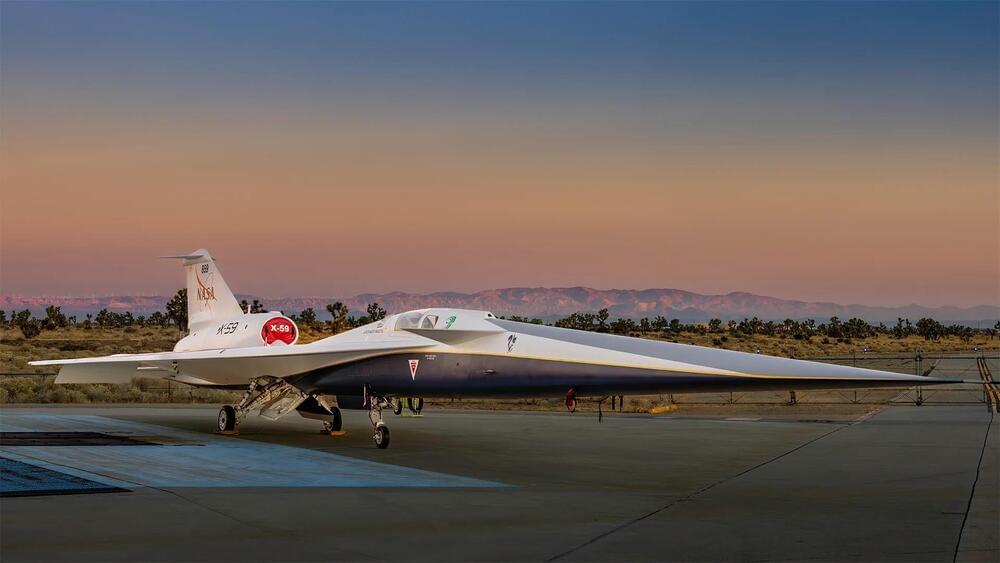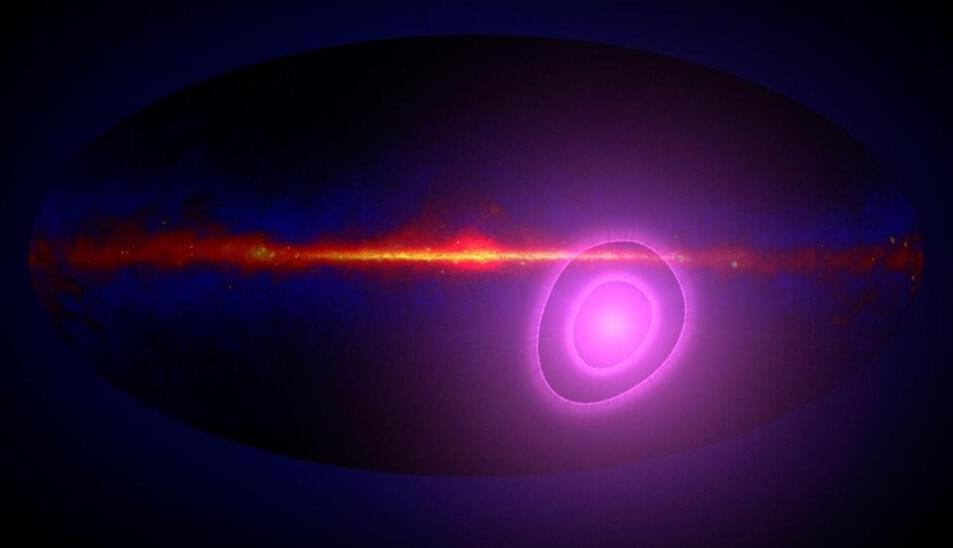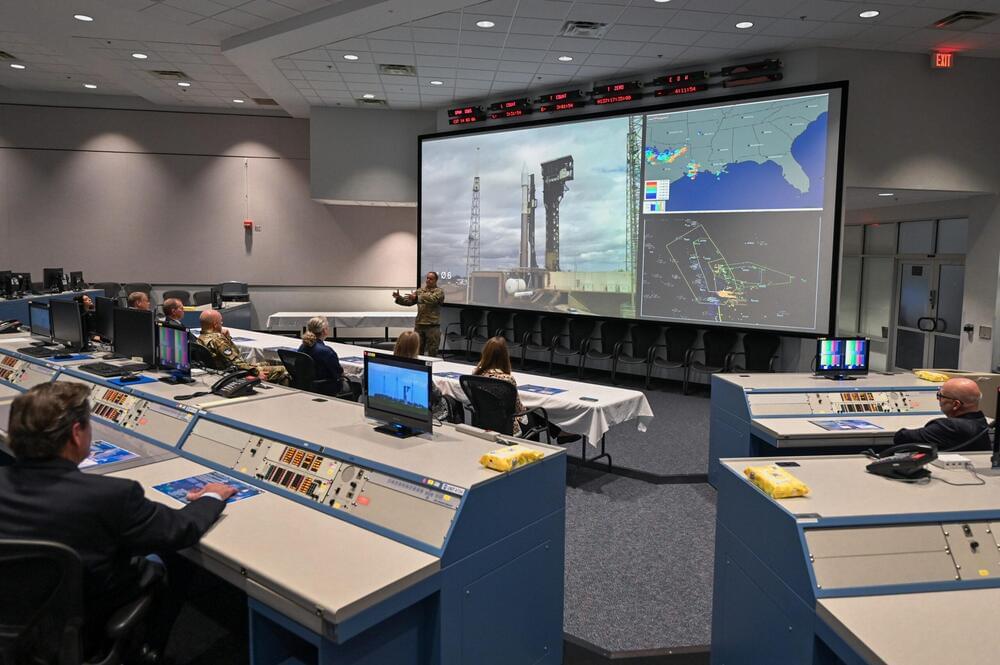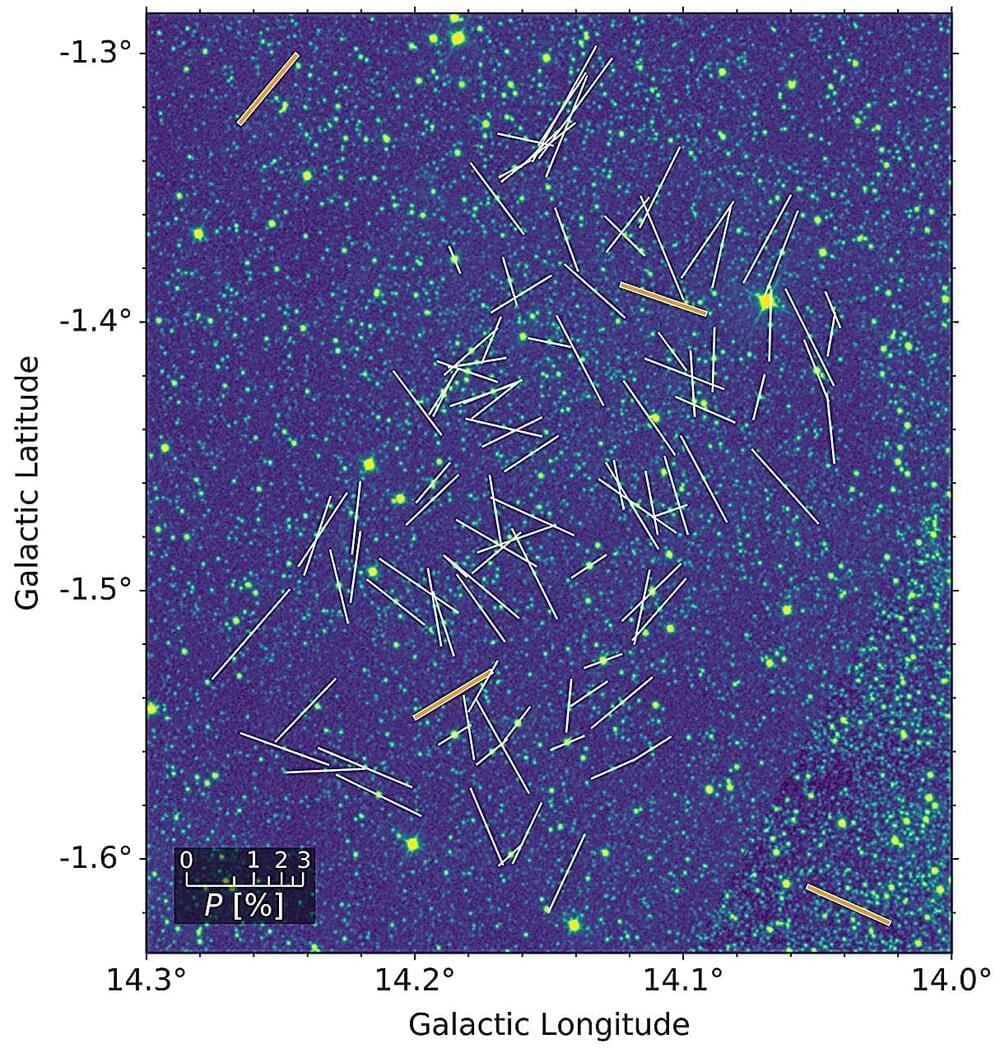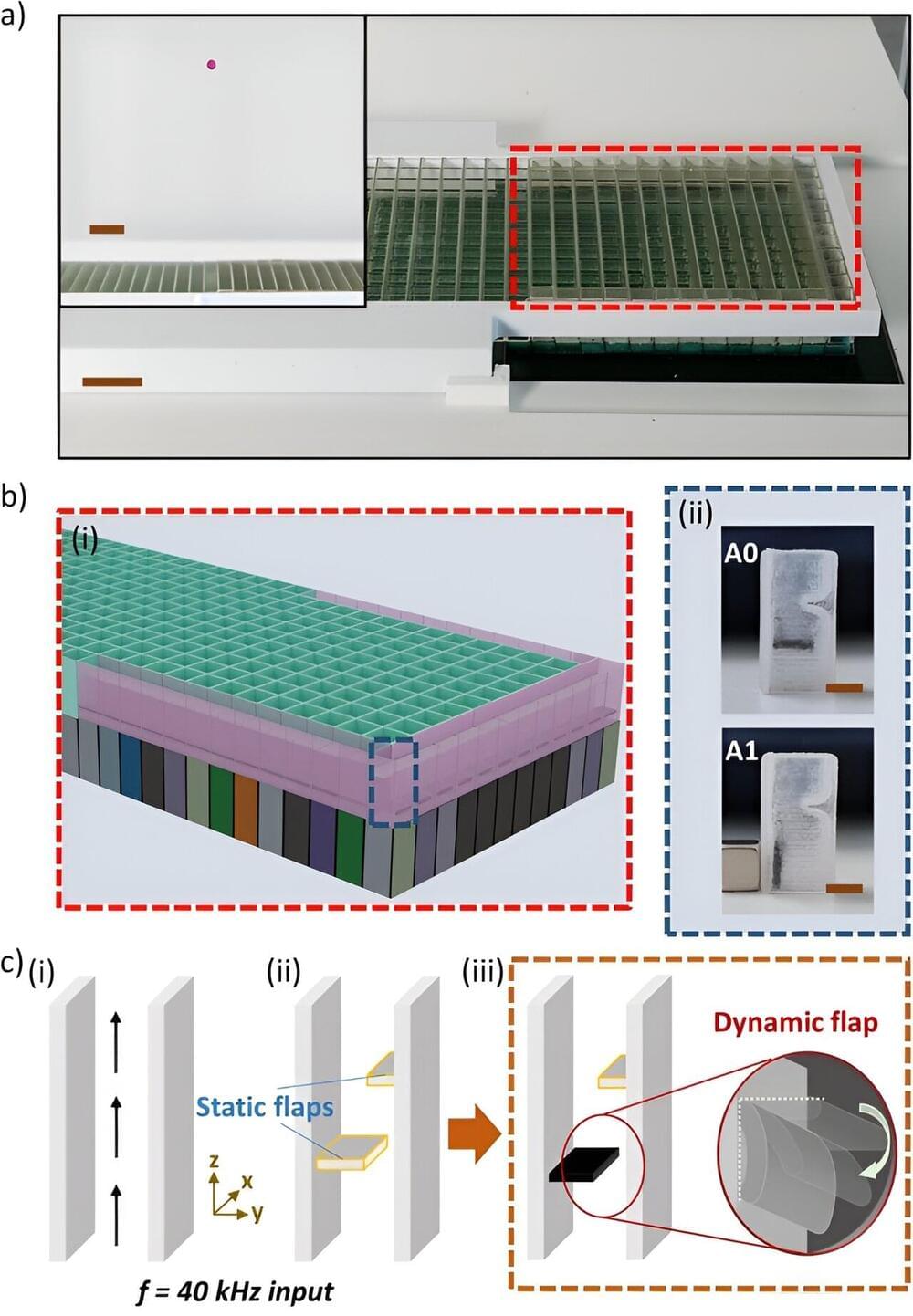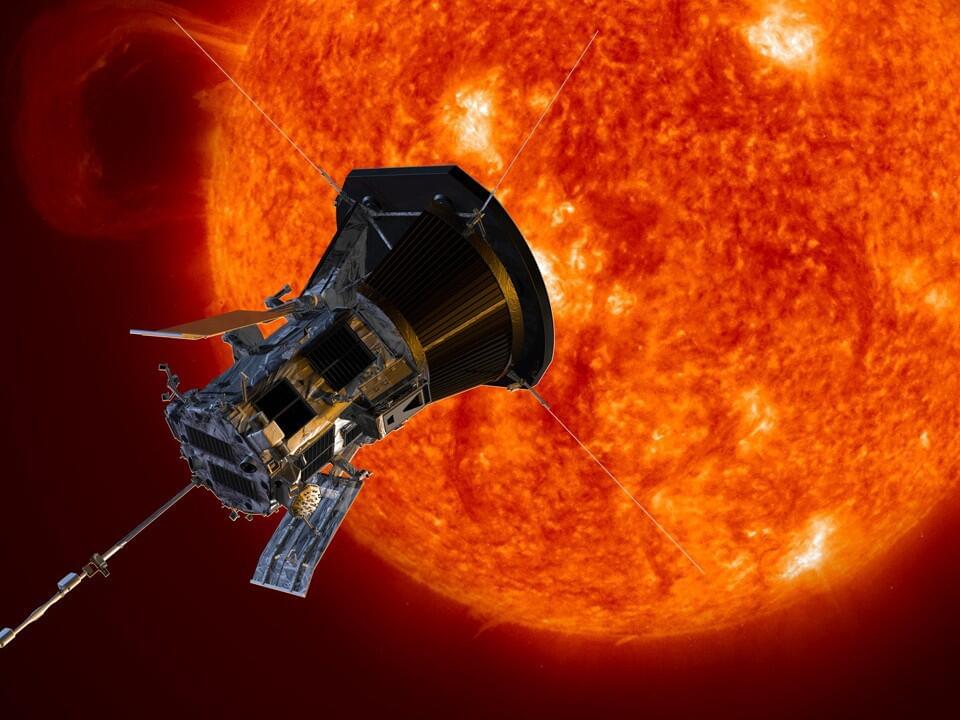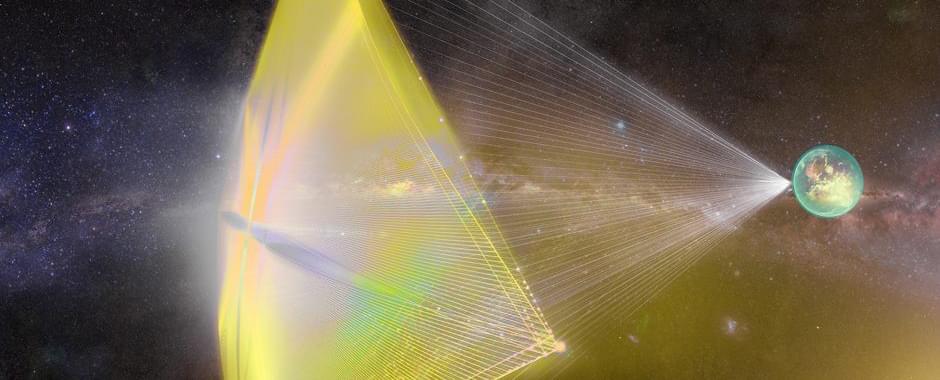Jan 12, 2024
Astronomers find spark of star birth across billions of years
Posted by Saúl Morales Rodriguéz in category: space
Astronomers have completed the largest and most detailed study of what triggers stars to form in the universe’s biggest galaxies, using NASA’s Chandra X-ray Observatory and other telescopes. They were surprised to find that the conditions for stellar conception in these exceptionally massive galaxies have not changed over the last ten billion years.
“What’s surprising here is that there are lots of things that could have affected star formation over the last ten billion years,” said Michael Calzadilla of the Massachusetts Institute of Technology (MIT) who led the study. “In the end, however, the main driver of star formation in these huge galaxies really comes down to one thing—whether or not the hot gas surrounding them can cool off quickly enough.”
Clusters of galaxies are the largest objects in the universe held together by gravity and contain huge amounts of hot gas seen in X-rays. The mass of this hot gas is several times the total mass of all the stars in all the hundreds of galaxies typically found in galaxy clusters.

